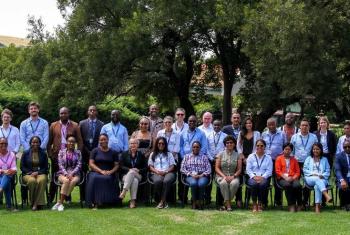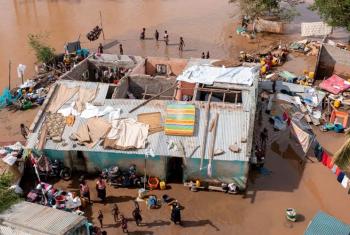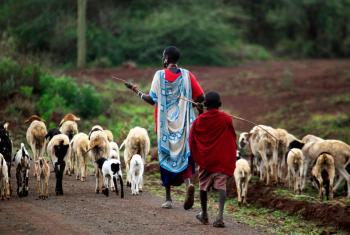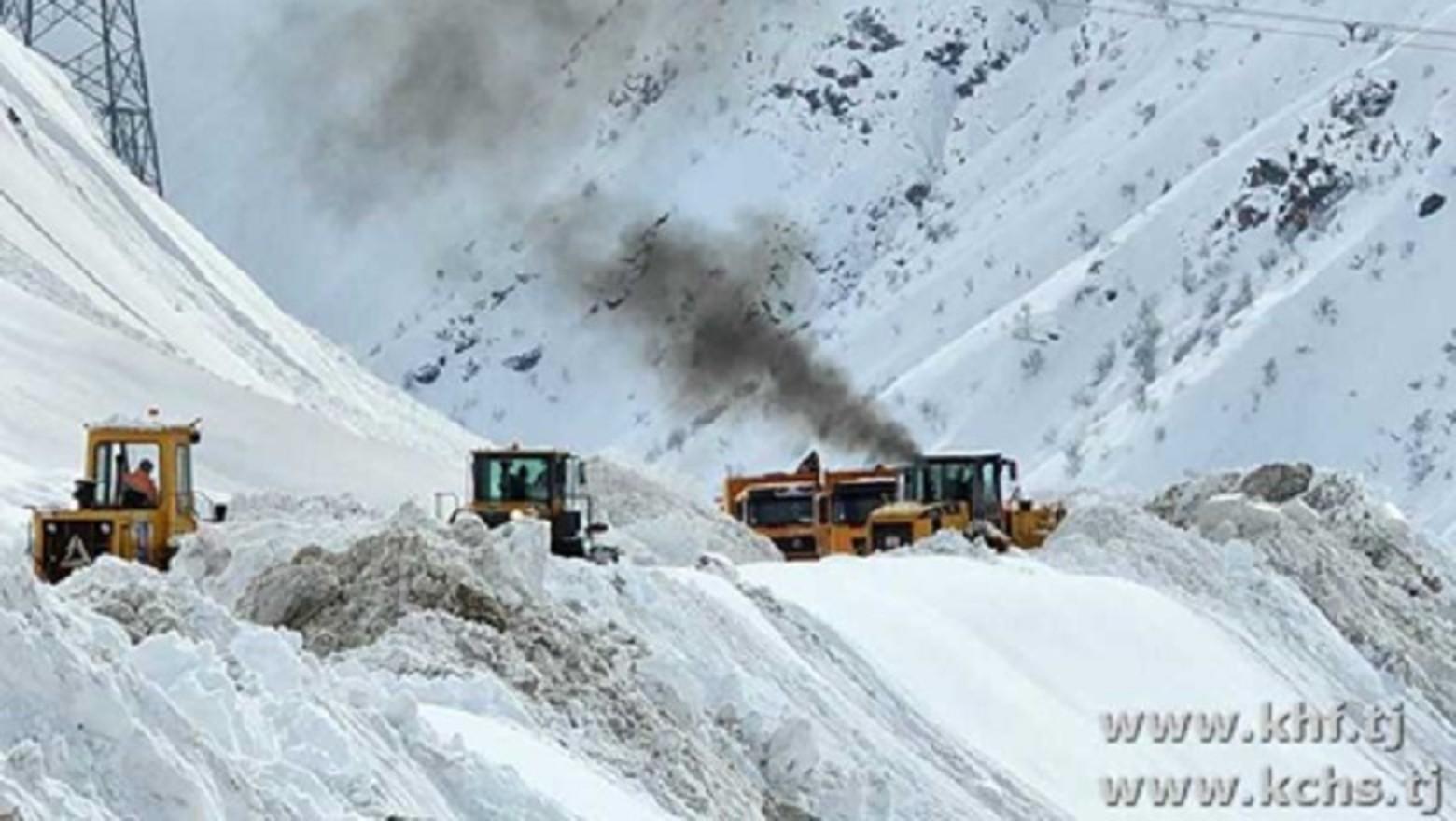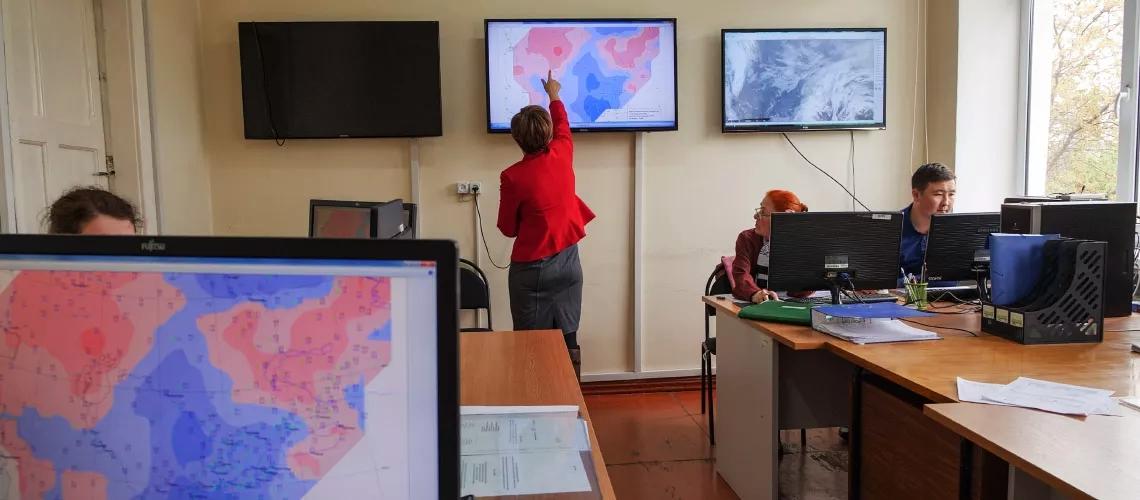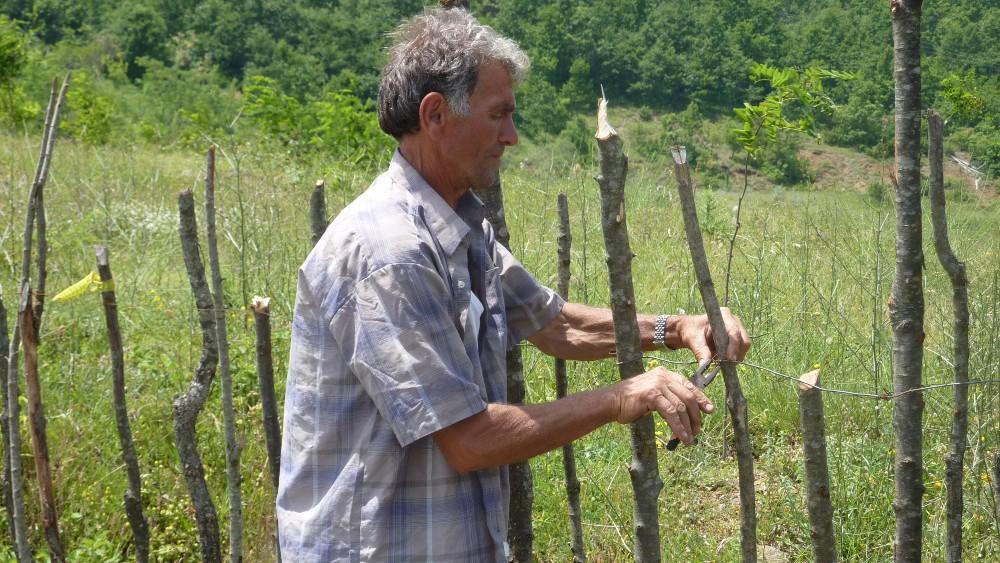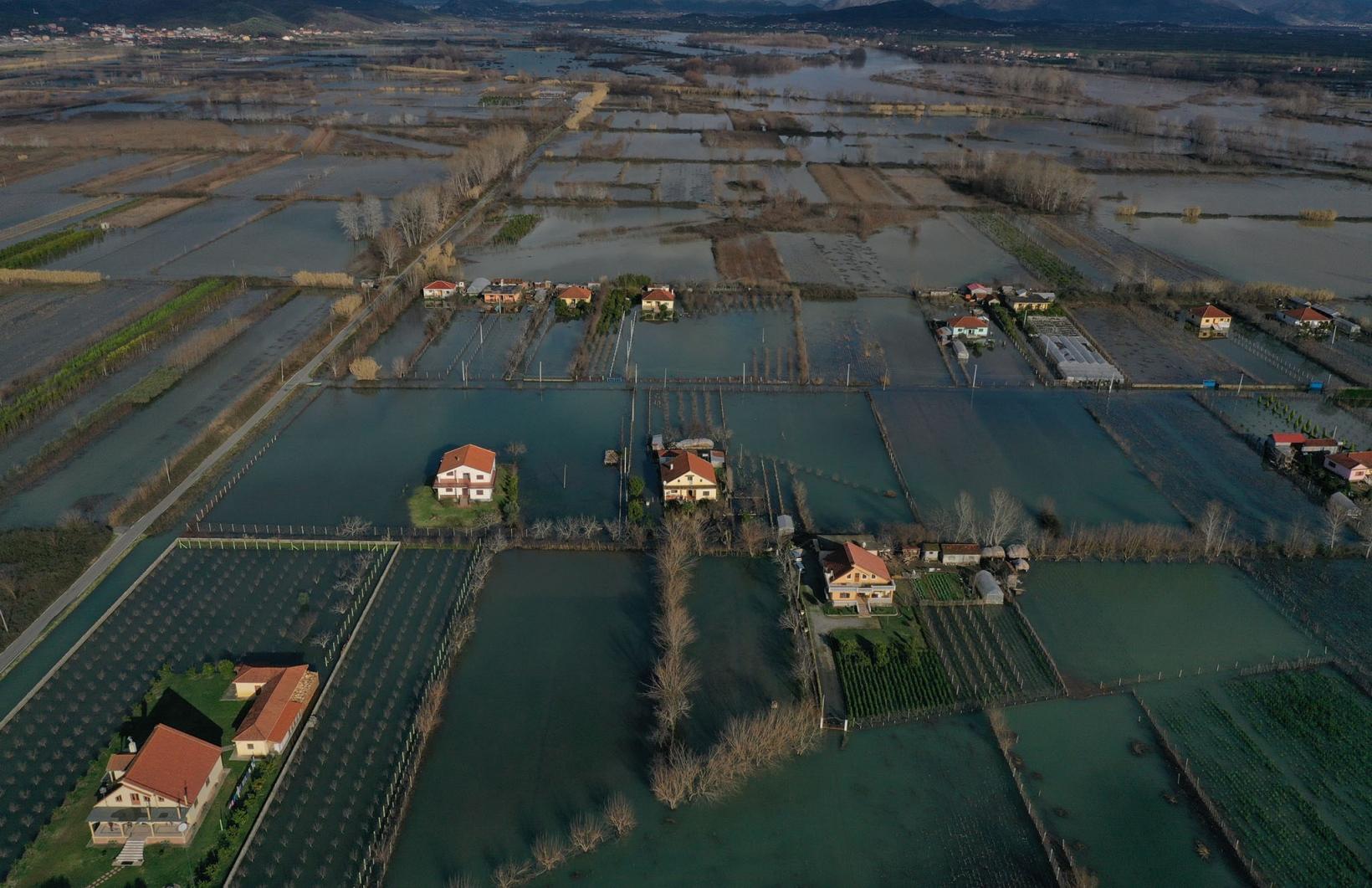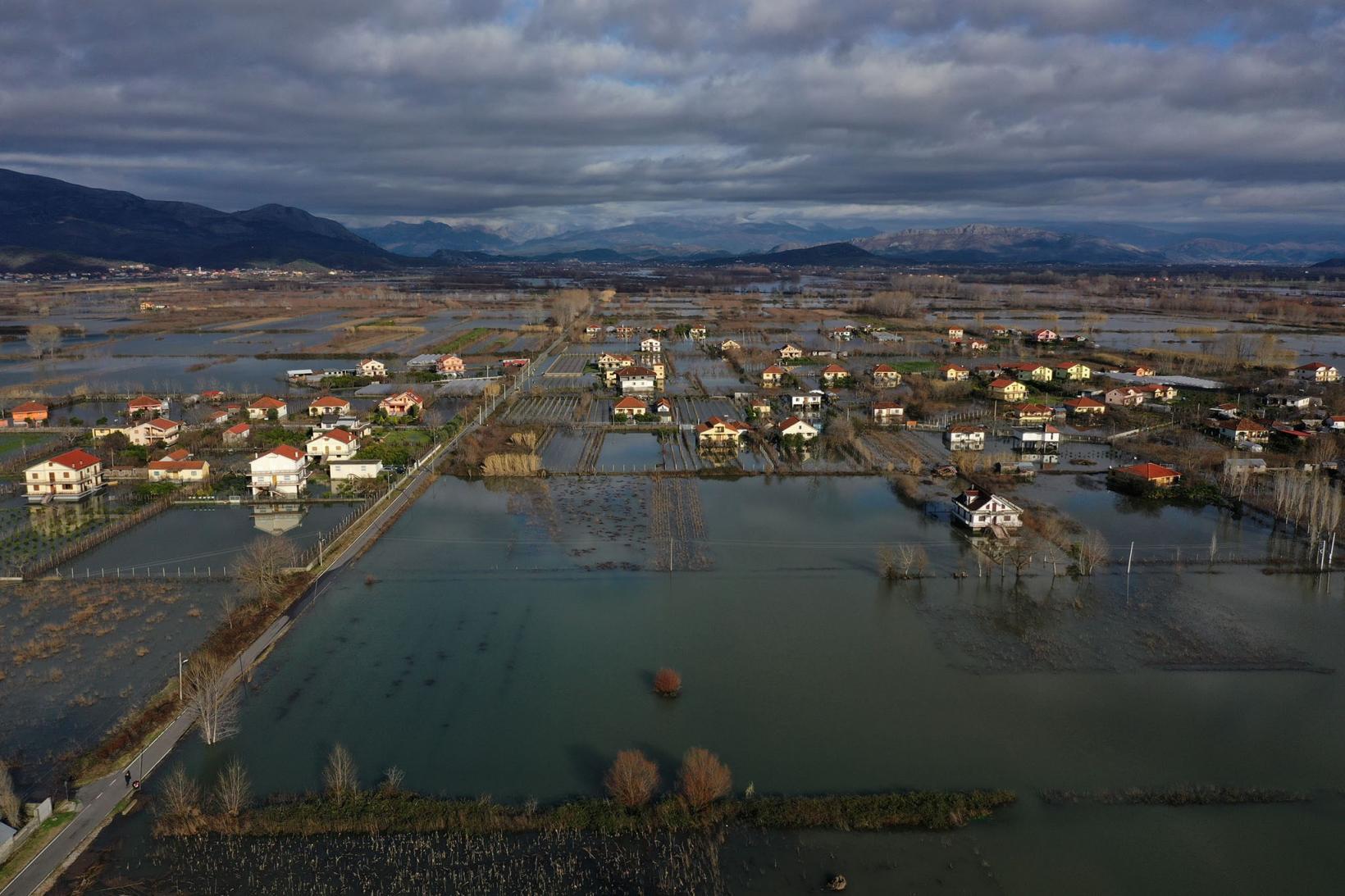Our Blog
Featured Blogs
23 October 2024
08 December 2023
When the 1966 earthquake hit Uzbekistan, the entire capital city of Tashkent trembled. This powerful earthquake leveled hundreds of buildings to the ground. Many countries–former fellow Soviet republics—rushed to help save people, clean debris, and reconstruct houses and infrastructure. In 3-5 years, the city was completely rebuilt. Today, Tashkent is a "Pearl of Central Asia" with rapid new construction, economic development, and population growth. Over the past decade, these three factors... Keep reading
11 May 2023
In just four days in February, 200 avalanches hit the mountain regions of Tajikistan, sweeping away houses, rendering critical roads impassable, and killing 19 people. These kinds of disasters are nothing new to Central Asia. Over the past two decades, the region lost over $1.5 billion to natural disasters, affecting over 2.5 million people . A major flood—say, one with a one percent probability of occurring annually—could cause devastating losses : from $220 million in the Kyrgyz Republic to $... Keep reading
17 October 2022
Natural hazards can trigger unnatural disasters —deaths and damages often resulting from human acts of omission and commission. The impact of climate change is only expected to exacerbate this, increasing the frequency and severity of certain climate-induced disasters like floods, drought, and wildfires across Central Asia. And that means the costs associated with such events will rise as well—especially where disaster preparedness is lacking. Disaster risk financing is one crucial component of... Keep reading
11 November 2021
Kur ndodh një fatkeqësi natyrore ose një krizë, burimet e brendshme të financave publike shpesh janë porti i parë të cilit i drejtohen qeveritë për t'iu përgjigjur me shpejtësi nevojave urgjente. Qeveritë përdorin kontigjencën ose fondet rezervë, akumulojnë borxhe ose kryejnë rialokime të fondeve të buxhetit duke i zhvendosur burimet nga qëllimi i tyre fillestar për të financuar reagimin ndaj katastrofave 1 . Në mungesë të alternativave të transferimit të riskut apo edhe në prani të tyre,... Keep reading
10 November 2021
When a disaster or a crisis hits, domestic public finance is often the first port of call for governments to respond to urgent needs quickly. Governments draw down on a contingency budget or reserve funds, accumulate debt or reallocate the budget by shifting resources away from their original purpose, towards financing disaster response 1 . In the absence of risk transfer options or even with such options available, domestic public finance is an important source to mitigate disaster because it... Keep reading
21 January 2021
Në vitin 2019, Shqipëria u përball me një seri tërmetesh, ndër të cilët edhe një me magnitudë të lartë; më pas, mes përpjekjeve për rindërtim në vitin 2020, u godit edhe nga pandemia COVID-19. E përballur me nevojat e shumta në rritje, mbështetja e qeverisë shqiptare shkoi për të varfërit dhe personat e prekur nga fatkeqësitë dhe krizat, përfshirë këtu edhe bizneset. Për ta realizuar këtë, ajo shfrytëzoi rezervat fiskale, rishpërndau buxhetet për përparësitë urgjente dhe u mbështet tek ndihma e... Keep reading
15 January 2021
In 2019, Albania experienced a series of earthquakes, including a major one; then, amid reconstruction efforts in 2020, it was hit by the COVID-19 pandemic. Confronting multiple increasing needs, the government of Albania supported the poor and those affected by disasters and crises, including businesses. To do so, it tapped into its fiscal reserves, reallocated budgets toward urgent priorities, and relied on external assistance. Many of these measures were ad hoc. In September 2020, jointly... Keep reading
